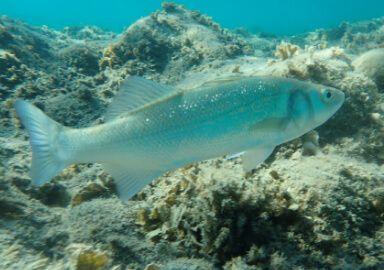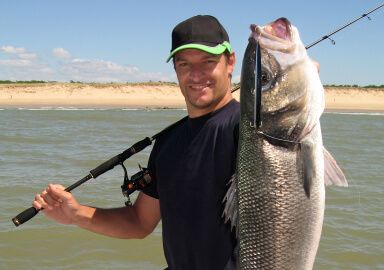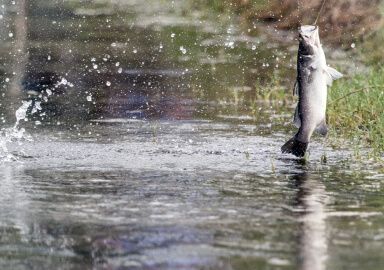Black Seabass
Black sea bass are a popular inshore game fish that fights well and tastes even better.
View 18 listings
18
listings
–
price starting from
3
countries
Where and When?
Black sea bass undergo routine annual migrations and so the best place to catch them depends on the time of year. Generally, the species seems to try and avoid cooler water and so moves northwards and inshore in the warmer months and the opposite in winter. In summer fishing in estuaries and inshore shallower waters can produce good results while in winter the fish tend to be in deeper water. The species is found from Nova Scotia southwards to the Florida Keys but in winter they are rarely found in the far north with the converse being the case in winter. The fish generally stay close to the bottom and, like many similar fish, often aggregate around structure. Jetties and reefs can provide excellent fishing and generally the species is only to be caught near the bottom, around structure, in deeper waters. Black sea bass can be caught all through the year, in the right areas, but there are often “closed seasons” when any fish caught must be returned to the water unharmed.
About Black Seabass
As the name implies, black sea bass (Centropristis striata) are very dark brown, grey or even black above, blending downwards to the belly, which is much lighter, as is the situation with many fish. In the spawning season male fish develop bright blue/green areas around the eyes, while the female remains fairly dull. Black sea bass are members of the Serranidae family and thus related to groupers. They have an oblong, laterally compressed body, large mouth, big eyes, and the tail fin with three lobes. The mouth contains a large number of smallish teeth that hold the prey once it has been engulfed. Black sea bass are fairly slow growing and achieve a maximum length of about 66 centimeters (26in.) and mass of 4.1 kilograms (9 lbs). They reach maturity after about 3 years and a length of 19 centimeters (7.5 in.) The species are protogynous hermaphrodites, meaning that females, having attained a critical length, can change to males. Spawning takes place in January to October, fairly close inshore and the juveniles spend their first couple of years mostly in estuaries.
How to Catch?
Black sea bass can be caught in estuaries, from jetties and the general shore in the warmer months while a boat of some sort is usually necessary in winter. Their love of structure means that they can often easily be targeted from jetties and around wrecks, reefs and rocky areas. Many methods may be used to target black sea bass with the most popular being natural baits, jigs, plastics and lures. The medium size of the species means that light tackle can be used so long as the hooked fish is kept away from underwater obstacles. While light spinning and jigs can be effective, fly fishing is not easy as the fish is often near the bottom and the water is often not very clear. The fish eat a wide variety of food including many invertebrates, such as shellfish, squid, crabs and shrimps but eat an increasing proportion of fish as they grow in size. Any natural bait can work but squid is often favoured as it is effective, readily available and tends to stay on the hook. While most black sea bass caught are not massive, winter fishing from boats in deeper waters, in the right areas, can produce excellent fish.










